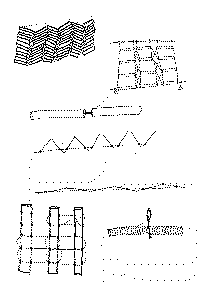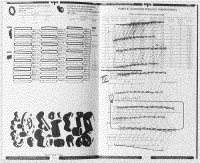Système T
Turborama
System T explores the materiality of invisible spaces, the interstices of our dwellings. Polypropylene plastic sleeves are mainly used to protect cables from the electronics they house. This cheap, recyclable material is shock and weather-resistant, and found almost everywhere in the world. It proliferates in what we might call the “the Undercommons”* – between the walls and partitions of houses, under floors and city sidewalks, in subway tunnels, between earth and concrete, sand and tar. The sleeves were decomposed and reassembled by hand using a bead-weaving technique. This process of slow, artisanal implementation attempts to invert the logic of growth, to linger on the present to reorganise and reconfigure it. This narration of space, like a transformation of the built environment, renews and preserves what exists while considering the possibilities of material resistance. The updated technique requires no machinery, only a few low-tech tools depending on the demands of the project at hand. Infinite variations of colour patterns, formats and densities spring forth, tailor-made and composed with the déjà-la – what’s already there.
System T suggests an alternative to the consumption of materials and industrial standardisation, opening up the possibility of multiple personal appropriations. By revealing the layers and structures within homes, the project interrogates the devices that separate the private from the exterior and the hidden from the visible, echoing what makes up our own privacy needs.
From this research emerged Turborama, a partition that unfolds like a curtain, functional indoors and outdoors (if used to separate spaces or as a filtering screen). The change in scale inherent in replacing beads with construction material allows for projection from a bodily level and jewellery-making to an architectural one.
*“The Undercommons” is a term borrowed from Stephano Harney and Fred Moten’s 2022 book The Undercommons: Fugitive Planning & Black Study.

































- Turborama with a View, 2021 300 x 250 cm ICTA 16mm, polypropylene, elastane, concrete & carabiners © Benoît Jacquemin
- Turborama No. 6 ICTA 16 mm braided polyester rope 275 x 250 cm © Benoît Jacquemin
- Overview of the Booth at Maison & Objet Fair, Rising Talent Award in January 2024 © Anne-Emmanuelle Thion
- Turborama No. 6, 2021 Polypropylene, recycled polyester 250 x 275 cm © Benoît Jacquemin
- Turborama No. 2 Installation and experimentation in the dismantled tower of WTC in the north district of Brussels.
- Turborama No. 1 300 x 250 cm ICTA 25mm sheathing Coreless braided rope
- Experimentation of Different Walls at WTC, North District of Brussels
- Edition System T Collaboration with the artist and graphic designer Léa Beaubois A4, risography & newspaper impressions, 58 pages Printed at Nadine, laboratory for contemporary art with the support of MAD Brussels fashion & design platform